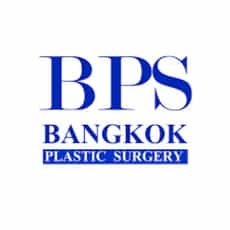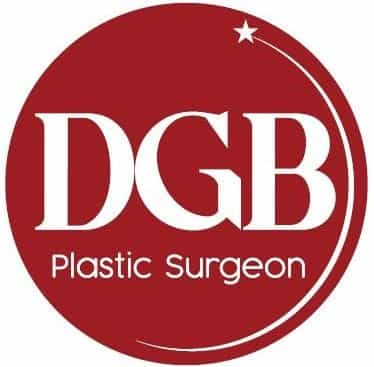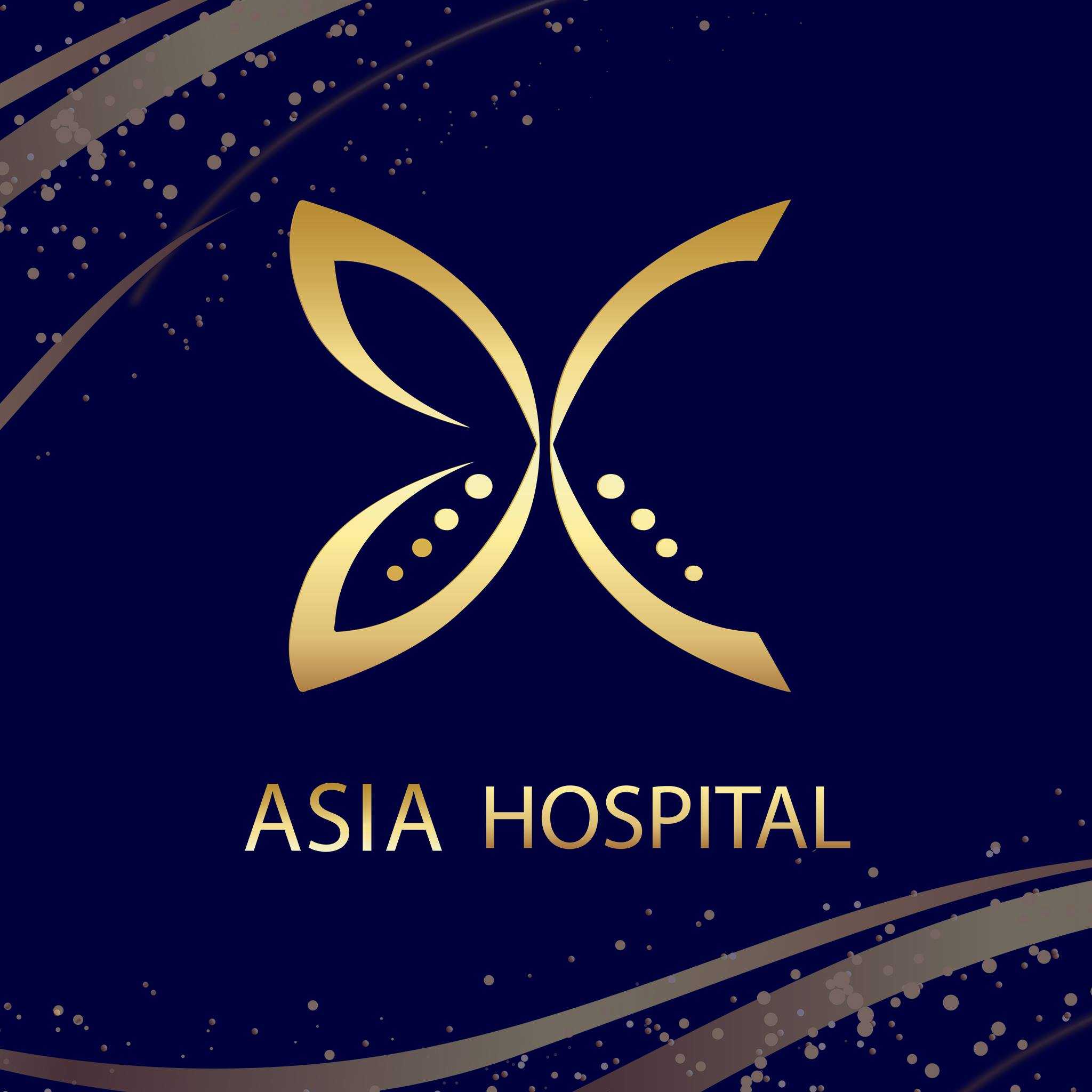Things I Wish I Knew Before Top Surgery in Thailand
.png)
The journey toward top surgery is deeply personal and life-affirming for many transgender men and non-binary individuals. Thailand has become a world-renowned center for gender-affirming care, offering highly skilled surgeons, compassionate care, and affordable prices. Considering top surgery in Thailand requires careful planning and understanding of the process to ensure a safe and positive experience.
Many patients reflect on insights they wish they had known beforehand. This guide covers essential details, from consultations and surgeon selection to post-operative care and recovery abroad, helping you navigate your journey with confidence and clarity.
What is top surgery?
Top surgery is more than tissue removal—it's sculpting a chest that aligns with a person's gender identity. Surgeons remove breast tissue, fat, and excess skin, often reshaping the nipple and areola. Technique choice depends on chest size, skin elasticity, and desired results. For many, it alleviates gender dysphoria and enables a more authentic life.
Why is Thailand a leading destination for top surgery?
Thailand has earned its reputation in gender-affirming surgery. Cities like Bangkok and Phuket host JCI-accredited hospitals and surgeons specializing in transgender care. The country’s expertise, supportive culture, and affordable prices make it a top choice for international patients.
How much does top surgery cost in Thailand?
This price range is a significant draw for many patients. The total cost is influenced by a few key factors. The surgical technique is a major one; for example, a Double Incision with free nipple grafts (the most common method) may have a different cost than a Periareolar or Keyhole procedure. The surgeon's renown and the prestige of the hospital or clinic also affect the price. Most reputable providers will offer a package that includes:
- The surgeon's fee
- Anesthesiologist's fee
- Operating room and hospital stay (usually one night)
- All necessary medications during your stay
- Post-operative compression vest
- Follow-up appointments
It's crucial to get a detailed quote and understand what is not included, such as flights, accommodation outside the hospital, and post-operative medications to take with you.
What are the different types of top surgery?
Choosing the right technique is a decision you'll make in consultation with your surgeon. Here's a quick breakdown:
| Technique | Best Candidate | Scars | Nipple Sensation |
|---|---|---|---|
| Double Incision (DI) | Medium to large chests | Two horizontal scars under the pectoral muscles | Nipple sensation is typically lost and may or may not return over time. |
| Periareolar ("Donut") | Small to medium chests with good skin elasticity | A circular scar around the areola | Sensation is often preserved, but some change is possible. |
| Keyhole | Very small chests with tight skin | A small incision on the lower border of the areola | Nipple stalk remains attached, preserving sensation. |
Your surgeon will assess your chest anatomy and discuss your aesthetic goals to recommend the procedure that will give you the best possible result.
How do I find a safe and experienced surgeon in Thailand?
When considering top surgery in Thailand, selecting the right surgeon is crucial for both safety and achieving the results you desire. Key steps include:
-
Focus on experienced surgeons well-known in the trans community; don’t choose based on price alone.
-
Review patient results on platforms like Transbucket or dedicated social media groups.
-
Ensure the surgeon works in an internationally accredited hospital.
-
Look for a comprehensive gallery showcasing results for various body types.
-
Schedule a virtual consultation to ask questions, discuss goals, and assess communication and approach.
What documents do I need for top surgery in Thailand?
Thai surgeons adhere to the World Professional Association for Transgender Health (WPATH) standards of care. This means they require documentation to ensure that surgery is the right step for you. The letter from your therapist should typically state:
- Your identity and diagnosis of gender dysphoria.
- That you have lived in your identified gender role.
- That you have the capacity to make an informed decision.
- That they support your decision to undergo chest surgery.
It's a good idea to clarify the specific requirements with your chosen surgeon's office well in advance, as some may have slightly different criteria.
How long do I need to stay in Thailand?
Proper recovery after top surgery in Thailand requires a full two-week period:
-
Week 1: Focus on initial healing and managing discomfort. Surgical drains are typically removed around day 5–7, improving mobility and comfort.
-
Week 2: Continued healing with a final follow-up appointment to check incisions and overall recovery.
-
Avoid flying too soon to reduce the risk of complications.
What is the recovery really like?
Recovery after top surgery in Thailand can be physically and emotionally challenging:
-
Initial Days: Expect soreness, swelling, and restricted movement (“T-Rex arms”). You’ll need help with daily tasks.
-
Surgical Equipment: Drains and a compression vest are used to manage swelling.
-
Emotional Impact: Mood dips or post-op depression are common and normal.
-
Turning Point: Removal of drains (usually around day 5–7) greatly improves comfort and morale.
Should I travel alone or with someone?
Having a companion during recovery can significantly improve safety and comfort:
-
Physical Assistance: Help with daily tasks, lifting, or moving around in the first few days.
-
Practical Support: Carrying bags, groceries, or assisting with mobility.
-
Emotional Support: Provides encouragement, reassurance, and helps manage post-op stress.
What should I pack for my recovery?
Packing for comfort and convenience is key. Think about what will make your life easier when you have limited mobility. Here are some essentials:
- Easy-on Clothing: Button-down shirts, zip-up hoodies, and loose-fitting pajama pants are your best friends.
- Comfort Items: A travel neck pillow is a must-have, as you'll need to sleep on your back in an elevated position.
- Practical Aids: Long straws make drinking easier without sitting all the way up. A long charging cord ensures your phone is always within reach.
- Hygiene Helpers: You won't be able to shower properly for a while, so dry shampoo and cleansing wipes are crucial for feeling fresh.
- Entertainment: Download movies, podcasts, and books to keep your mind occupied during the long hours of rest.
Where should I stay after being discharged from the hospital?
Your lodging can greatly impact your comfort and healing:
-
Space & Amenities: Serviced apartments with kitchenettes are ideal for meal prep and snacks.
-
Location: Stay close to your clinic to minimize travel for check-ups.
-
Comfort & Safety: Comfortable bed with pillows, and a walk-in shower for easier mobility.
What are the main risks or complications?
Top surgery is generally safe, but knowing potential risks helps you prepare:
-
Drains: Prevent hematomas and seromas; follow care instructions.
-
Infection: Maintain proper wound care to reduce risk.
-
Nipple Grafts: Rare complications can occur; avoid smoking to ensure proper blood flow.
-
Surgeon Experience: Choose a board-certified, experienced top surgery specialist to minimize risks.
How much pain should I expect?
Top surgery can be uncomfortable, but pain is usually manageable:
-
Hospital Pain Relief: Strong medications provided during your stay.
-
At Home: Oral painkillers help maintain comfort after discharge.
-
Compression Tightness: The binder creates noticeable chest pressure.
-
Best Practices: Rest, follow your surgeon’s instructions, and stay on schedule with medications.
When can I see the final results?
The "big reveal" when your bandages first come off is an incredibly emotional and exciting moment. You will see the change right away. However, it's important to remember that this is not the final look. Your chest will be very swollen, and possibly bruised, and the shape will continue to evolve over the coming months. Scars will be prominent and red at first, but they will gradually fade and flatten over the course of a year. Patience is a crucial part of the process. Trust in the healing journey and watch as your results continue to improve month after month.
What is one thing people wish they knew beforehand?
It’s normal to experience intense emotional ups and downs after top surgery due to anesthesia, physical stress, and hormonal shifts. Prepare with support, comforting distractions, and self-compassion, knowing it’s a temporary part of healing.
Ready to take the next step on your gender affirmation journey? PlacidWay connects you with a network of world-class, experienced surgeons nad cosmetic clinics in Thailand. Explore your options, get personalized quotes, and plan your top surgery with a trusted partner by your side.


.png)














Share this listing